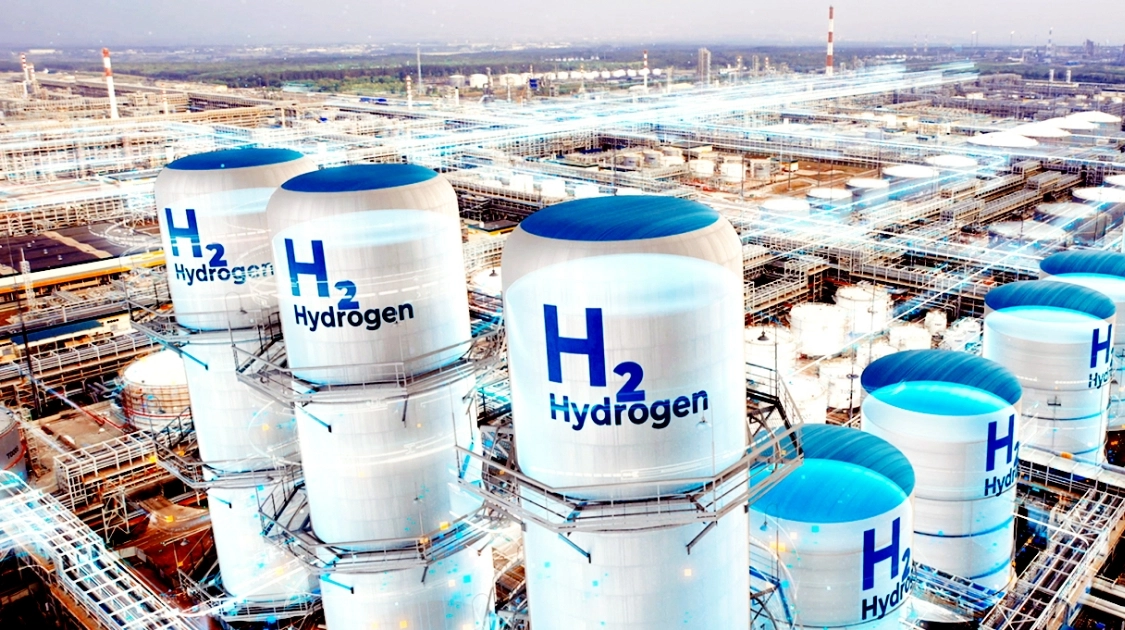Establishing a Hydrogen Supply Chain in Anticipation of a Fully Hydrogen Mass-Consumption Society
Due to the fact that hydrogen not only does not emit CO2 when used, but is CO2-free even at the production stage if made using renewable energy, it is expected to be the trump card for achieving carbon neutrality.
The ENEOS Group is focusing its efforts on the creation of a diverse range of new businesses that utilize hydrogen as we head toward a hydrogen society. We have a number of different projects in the works, which are being carried out in collaboration with companies and local authorities both in Japan and overseas.
Business Policies
・Establishment of a Hydrogen supply chain
・Nationwide deployment of energy supply systems that enable local production for local consumption
・Expansion of Hydrogen/synthetic fuel supply businesses for the transportation industry
Main Initiatives
Establishing a Hydrogen Supply Chain
The ENEOS Group is moving ahead with creating a system to manufacture Hydrogen, which is highly cost-competitive when manufactured overseas where there is a wealth of untapped resources such as renewable energy, shipping it to Japan, and supplying it to a range of different industries from industrial complexes in Japan.
Refineries located in petrochemical complexes have developed expertise in handling large amounts of hydrogen safely through their desulfurization of petroleum products. In addition, they have existing infrastructure such as ports, berths, and tanks that can be used to accept and store hydrogen. In terms of location, too, they are close to power plants and steelworks and so on, giving them potential as key bases for supplying hydrogen.
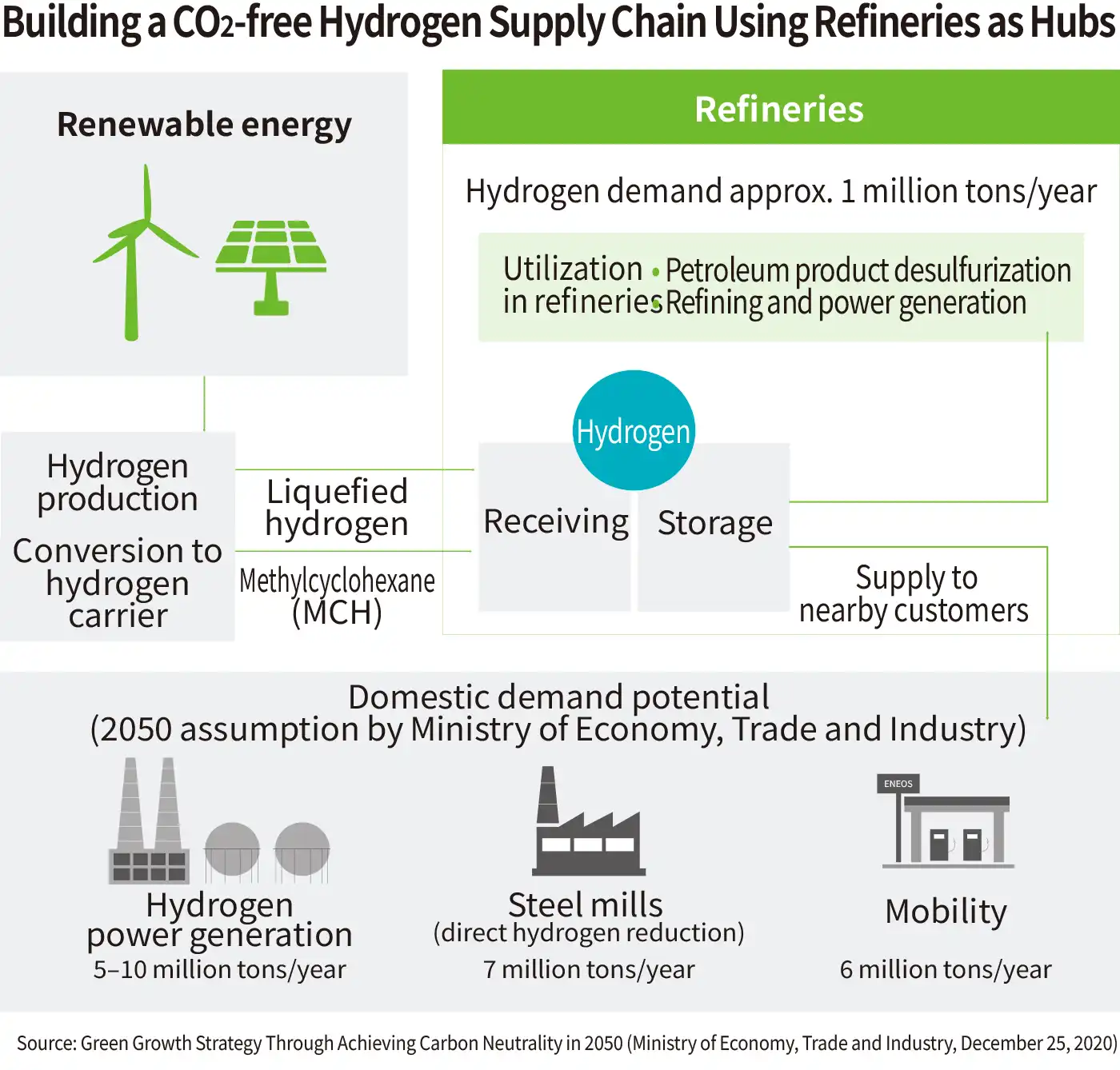
Establishing a Hydrogen Supply Chain Around Refinery Hubs
As hydrogen is a gas at normal temperatures and pressures, ways need to be found to transport it in particular.
We are generally looking at organic hydrides, liquid hydrogen, and ammonia as options for storing and transporting large quantities of hydrogen.
For the early establishment of a large-scale hydrogen supply chain, in consideration of the various characteristics, supply costs, and compatibility with our own assets such as refineries, we consider that the organic hydride MCH, which has similar properties to gasoline, is a realistic choice, and are currently accelerating studies on making this commercially viable.
Moreover, we are also working on development of our proprietary Direct MCH® technology as a way to reduce hydrogen supply and production costs.
-
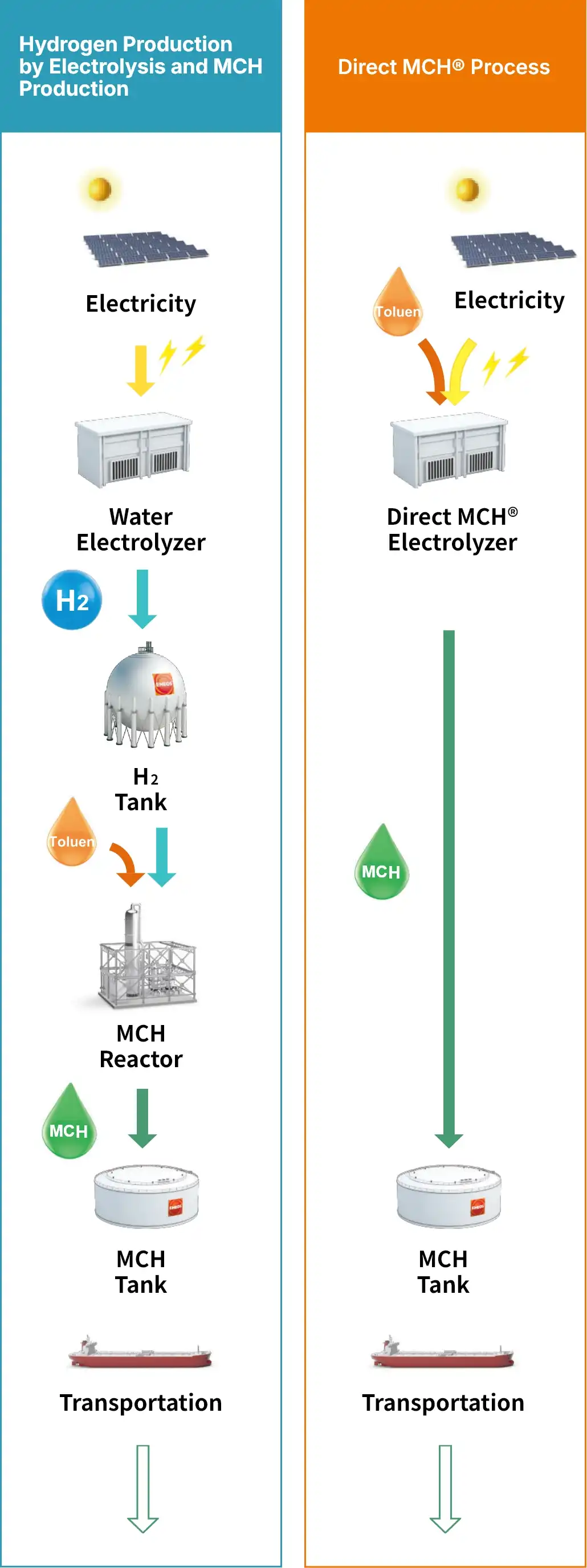
MCH is manufactured through a first-stage reaction between water and toluene, reducing its manufacturing costs
-
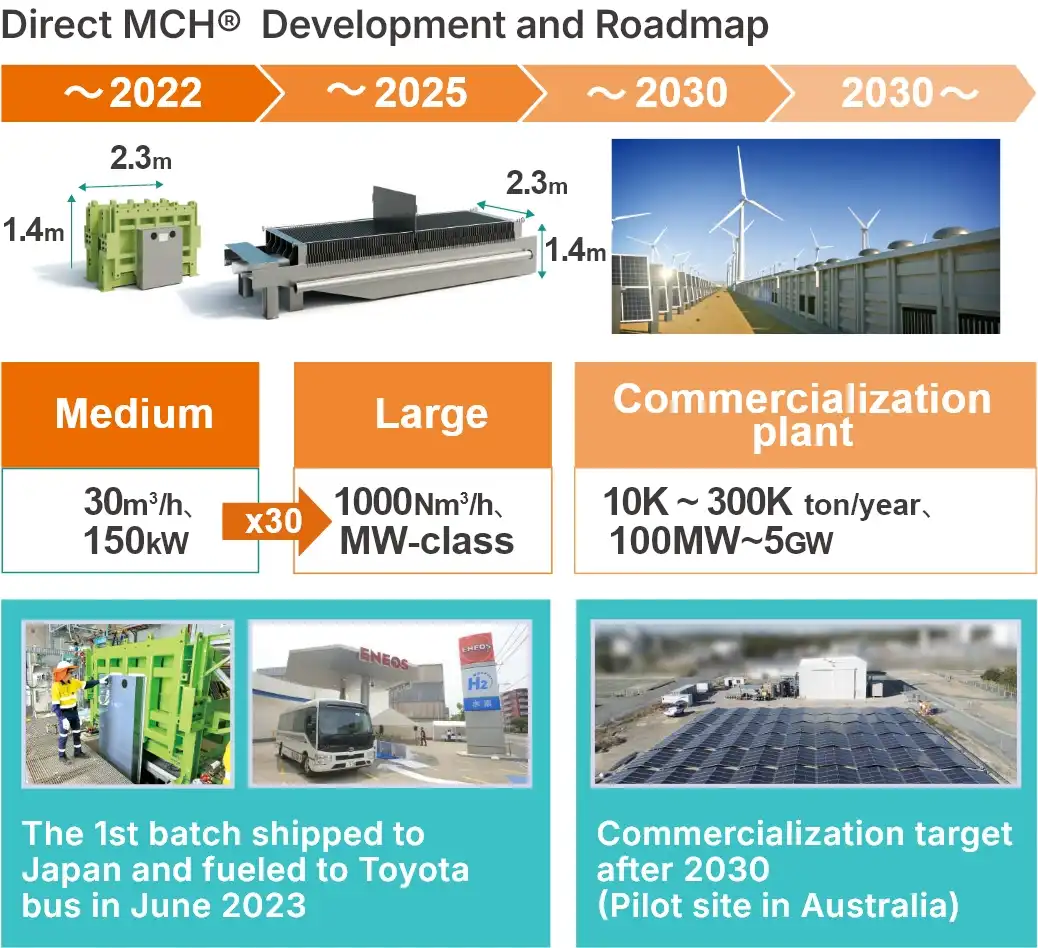
Technical Development Road Map
Local Hydrogen Production and Supply
In Japan, there are areas like Hokkaido and Kyushu that have a wealth of renewable energy sources. For these areas, we are studying the creation of local energy supply businesses in combination with hydrogen, while draw on renewable energy sources.
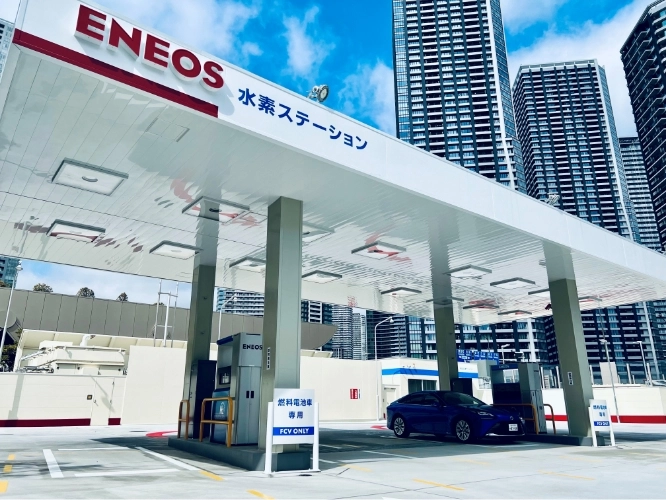 Tokyo Harumi Hydrogen Station
Tokyo Harumi Hydrogen StationENEOS hydrogen stations
There are approximately 8,900 fuel cell vehicles (FCV) in Japan as of the end of June 2025, and around 150 hydrogen stations nationwide. The ENEOS Group operates 31 (as of September 2025) of these hydrogen stations. FCVs can utilize hydrogen's strengths of filling time and driving distances, so are expected to become common among commercial vehicles such as buses and trucks. For that reason, the government has put a priority on supporting commercial vehicles in its Basic Hydrogen Strategy. The ENEOS Group is studying the establishment of hydrogen stations to align with government policy even as we keep an eye on the market environment.
Related Information
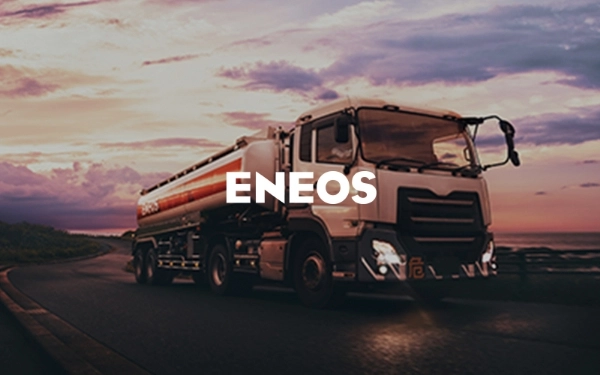
Petroleum Products Business
Taking on the challenge of achieving both a stable supply of energy and materials and the realization of a carbon-neutral society.

